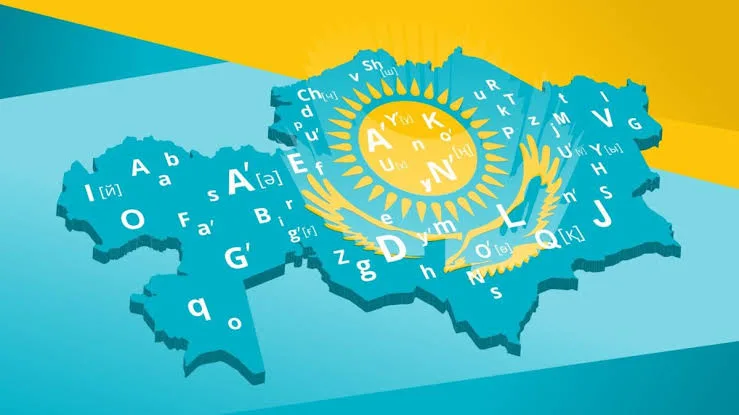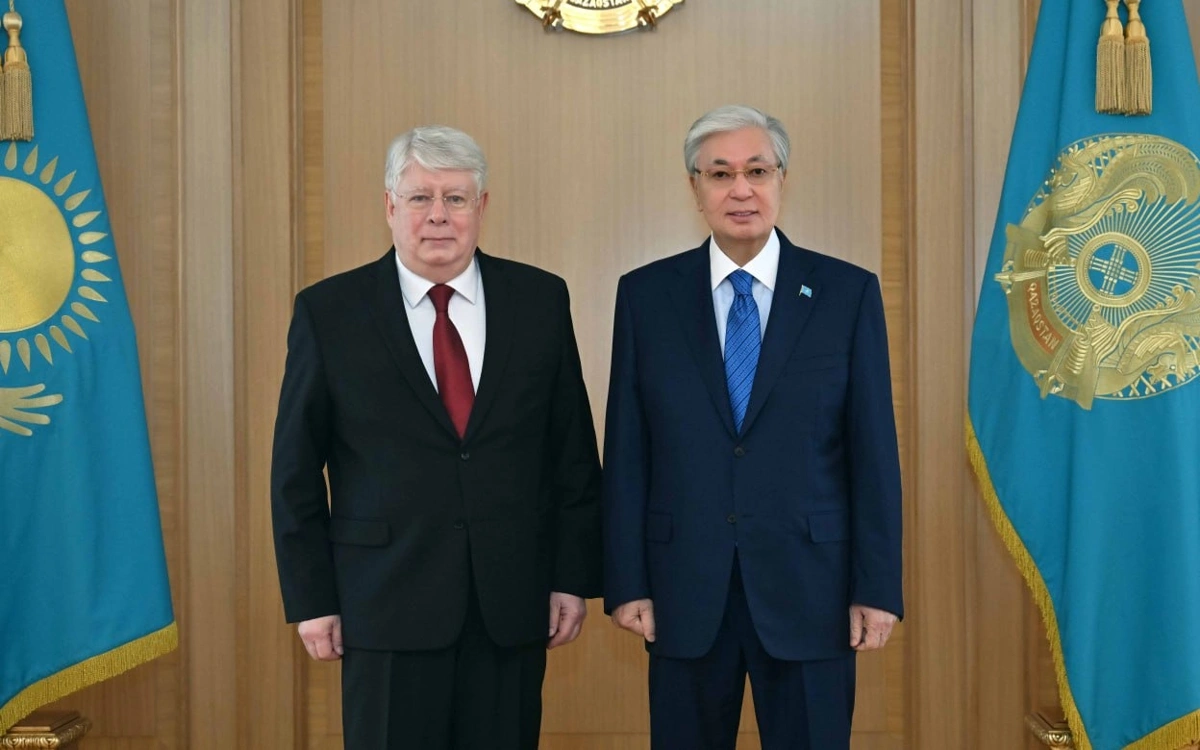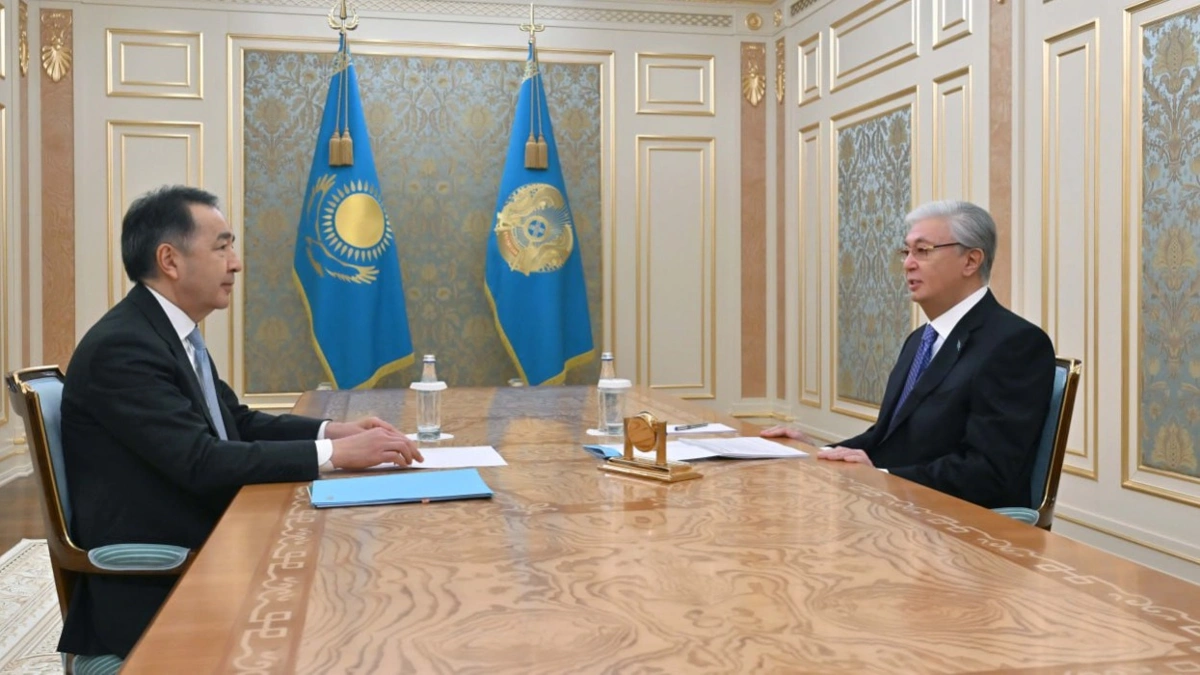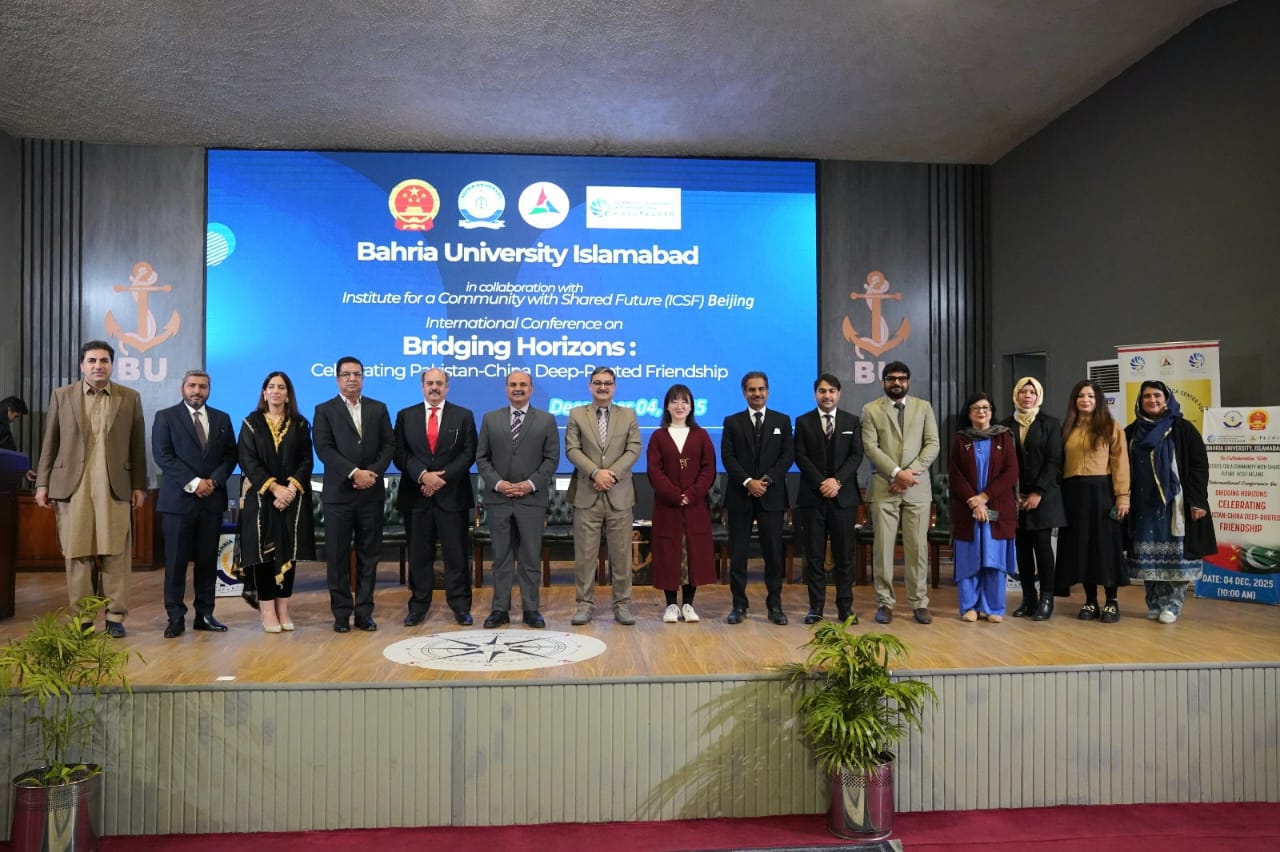Kazakh language Spoken by approximately 17 to 18 million people primarily in Kazakhstan, this Turkic language also finds its place in regions of China, Mongolia, Uzbekistan, Tajikistan, Turkmenistan, Kyrgyzstan, and the Russian Federation.
Historical and Cultural Context
The origins of the modern Kazakh nation trace back to the 15th century, when Uzbek separatist tribes led by Janibek Khan and Kerey Khan established themselves on the vast steppes of present-day Kazakhstan. Initially speaking Chagatay, a language influenced by Persian and Turkic elements, the tribes eventually developed their own distinct linguistic identity, which evolved into what is now recognized as Kazakh.
Evolution of the Kazakh Script
Throughout its history, Kazakh has undergone significant changes in its writing system, reflecting broader cultural and political transformations. Originally written in an Arabic script modified for Chagatay, Kazakh’s literary tradition began to flourish in the 19th century under the influence of notable figures like Abay Qunanbayuli, who pioneered modern Kazakh literature.
In the early 20th century, during the Soviet era, Kazakh underwent a dramatic shift in its script under Stalin’s policy of Cyrillicization. This move, from Arabic script to Latin in 1927 and subsequently to Cyrillic in 1940, aimed at standardizing the writing systems across the Soviet Union. Despite these changes, Kazakh retained its distinct linguistic features, demonstrating resilience in the face of political pressures.
Contemporary Challenges and Future Prospects
Since gaining independence in 1991, Kazakhstan has grappled with the question of its linguistic future. Despite Kazakh being recognized as an official language, Russian remains prevalent as a lingua franca due to historical ties and practical considerations in inter-ethnic communication. This bilingual landscape has shaped Kazakhstan’s identity, prompting debates on language policy and the role of Kazakh in national development.
Dialects and Linguistic Features
Presently, Kazakh is characterized by four major dialects, each reflecting regional variations in pronunciation, vocabulary, and grammar. The standard dialect, used in northwest Kazakhstan, serves as the benchmark for literary and official purposes. Linguistically, Kazakh is classified as an agglutinative language, where affixes modify words to convey grammatical nuances, a trait shared with other Turkic languages.
Script Reform Debate
A recent proposal to transition Kazakh back to the Latin script, initiated by former President Nursultan Nazarbayev, has sparked considerable discourse. Advocates argue that a Latin-based script would enhance Kazakhstan’s global integration and modernization efforts, aligning with Western standards dominant in global business and technology sectors. Moreover, it symbolizes a break from the Cyrillic script associated with Russia, potentially fostering a distinct Kazakh national identity on the international stage.
Conclusion
In conclusion, the trajectory of the Kazakh language intertwines with the country’s historical narrative, reflecting its struggles for independence, cultural identity, and integration into the global community. The ongoing debate over the script reform underscores Kazakhstan’s aspirations for modernization while preserving its rich linguistic heritage. As Kazakhstan navigates these linguistic crossroads, the future of Kazakh remains pivotal to defining its national character and aspirations in the 21st century.
This dynamic evolution of Kazakh—from its nomadic origins to a modern national language—continues to shape Kazakhstan’s cultural landscape and its place in the global community. As the country embraces new linguistic challenges, the resilience and adaptability of Kazakh ensure its enduring significance in the hearts and minds of its people.

Mr. Muhammad Ali Pasha is an Analyst and Expert on Central Asia, South East Asia, China, Türkiye and Middle East having experience in the field of article writing in various renowned journals and newspapers across the globe. Furthermore, he is a writer and poet.














